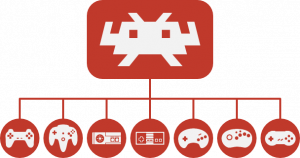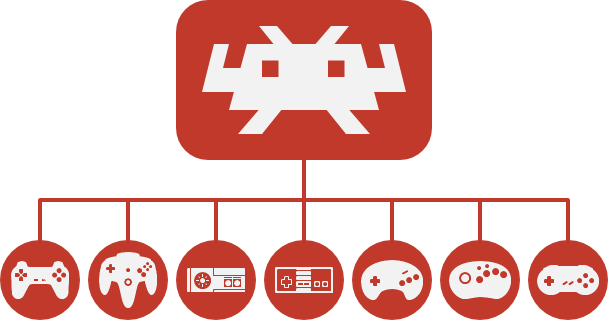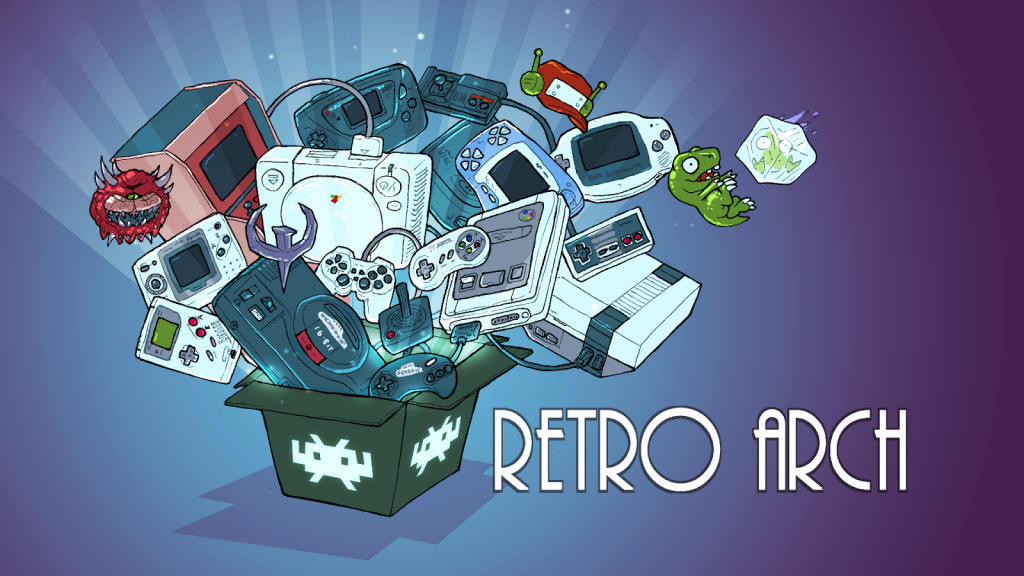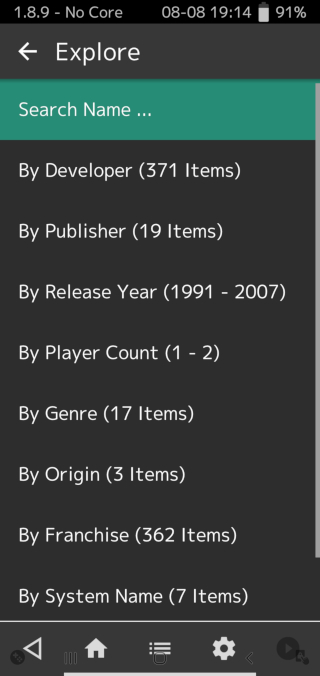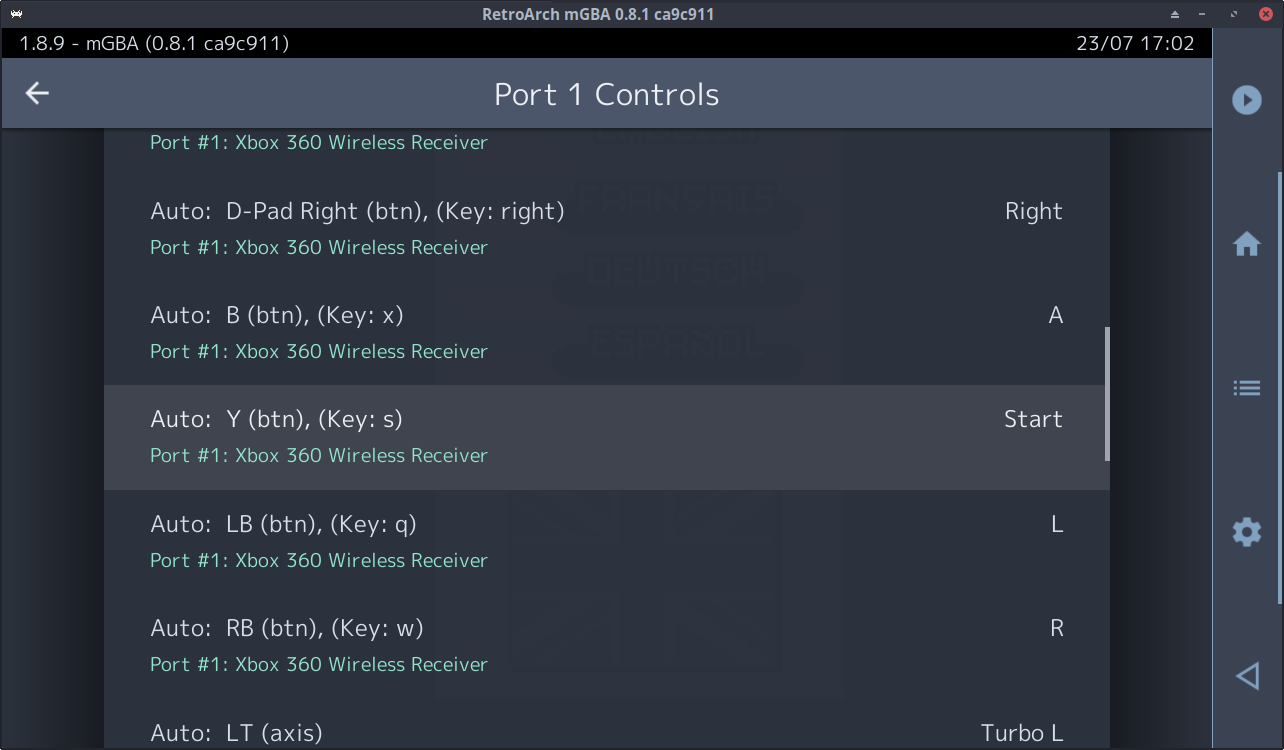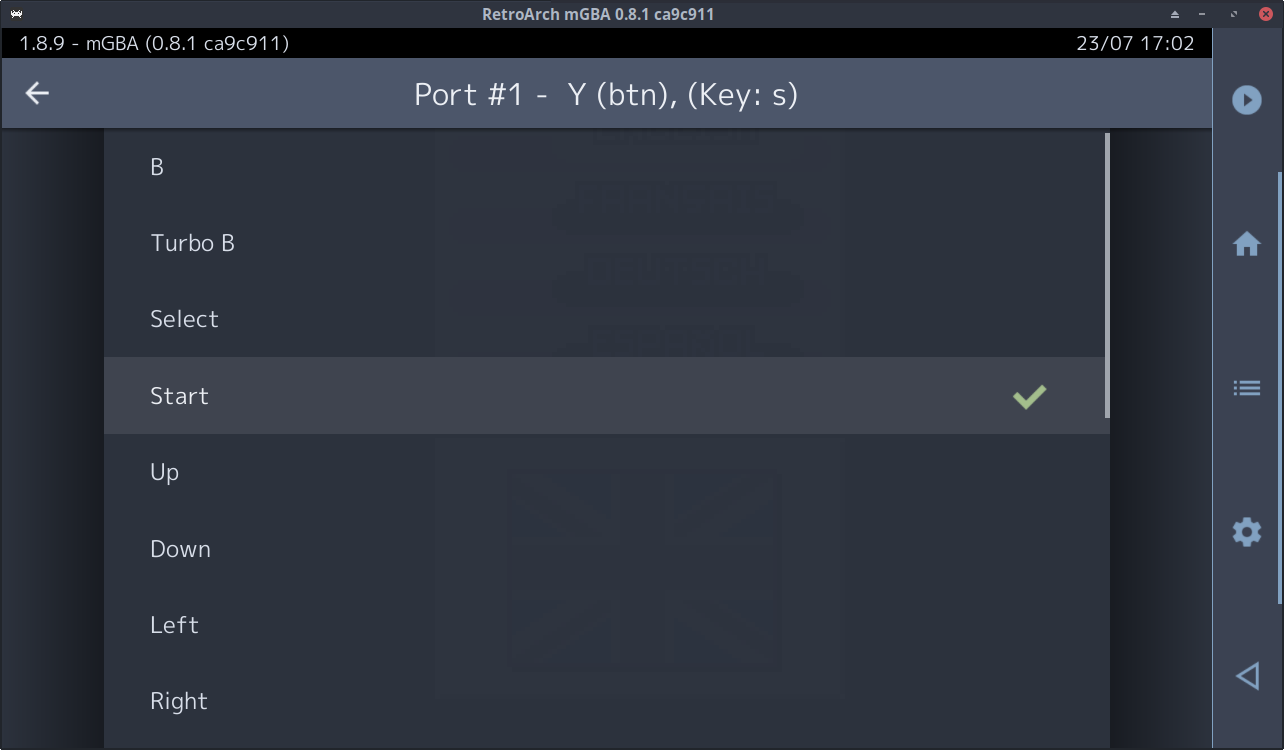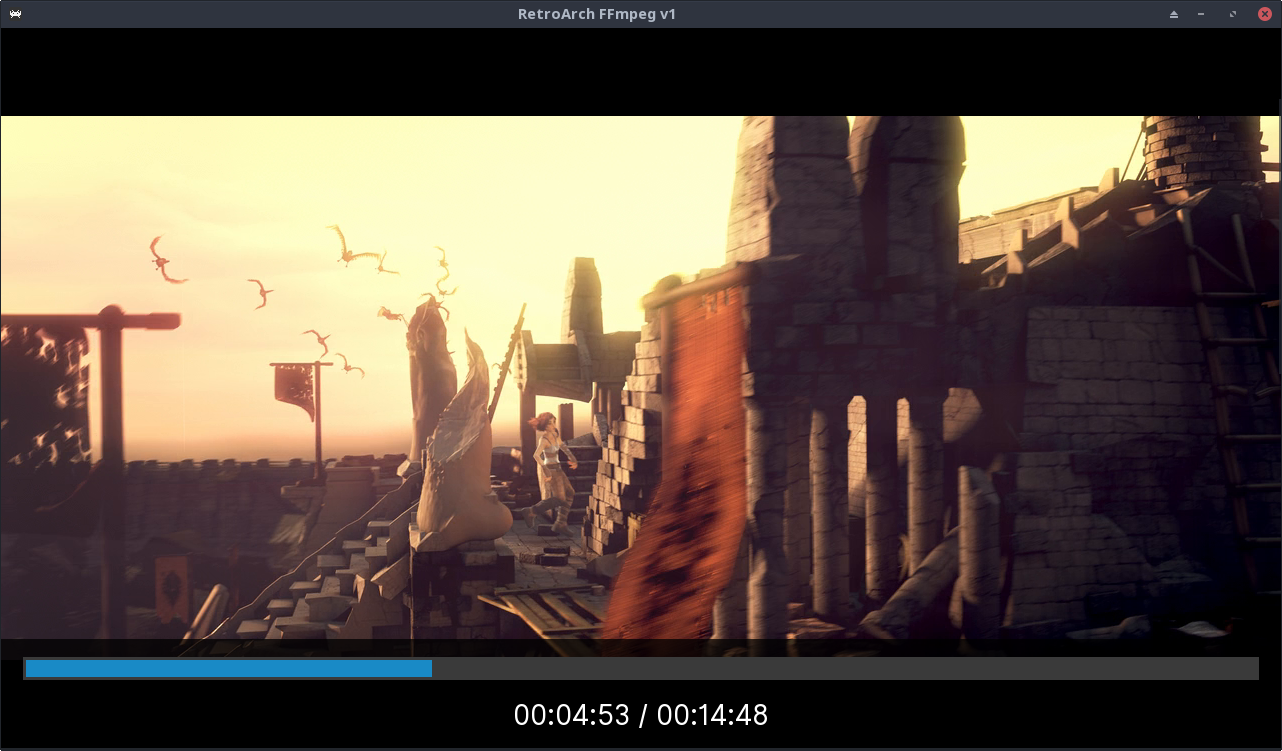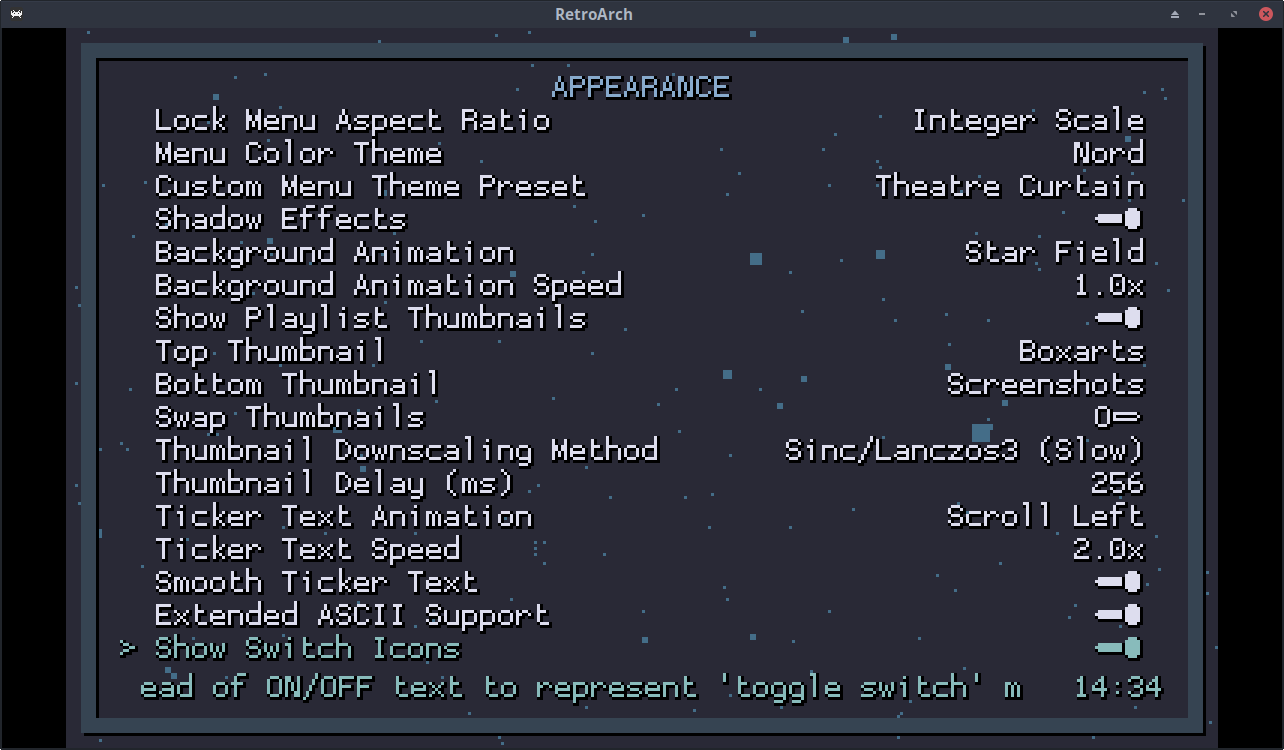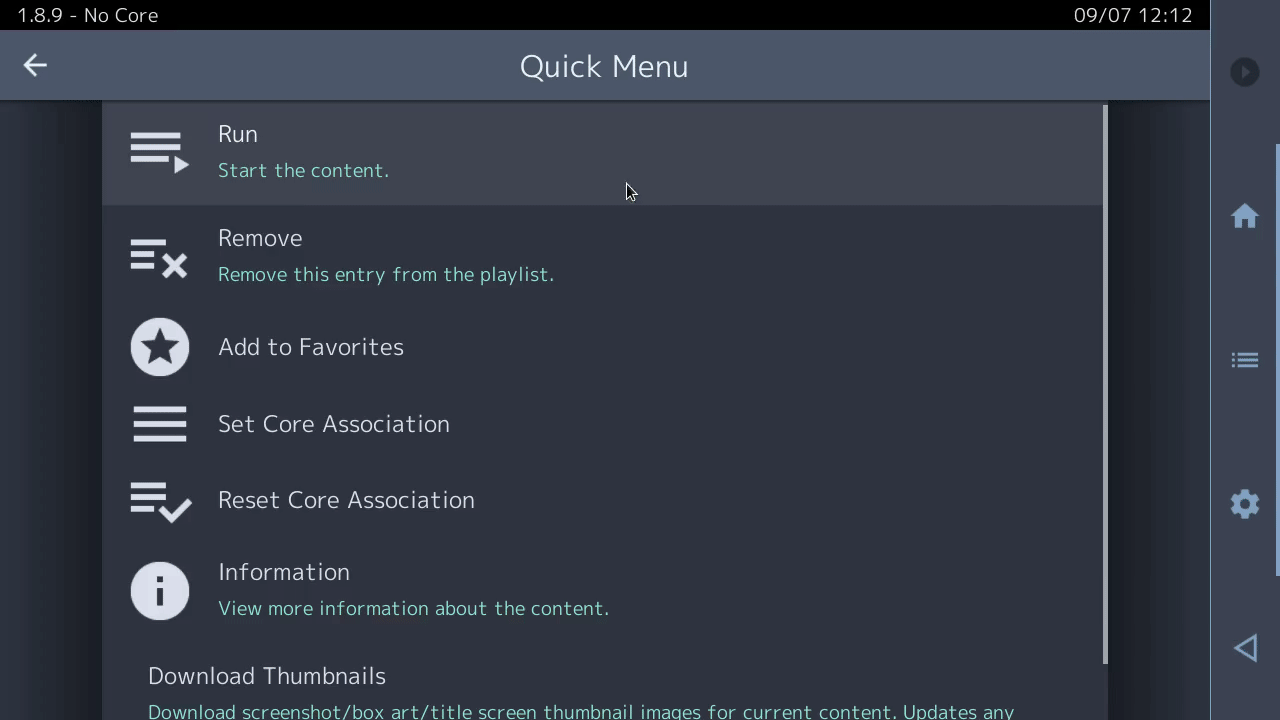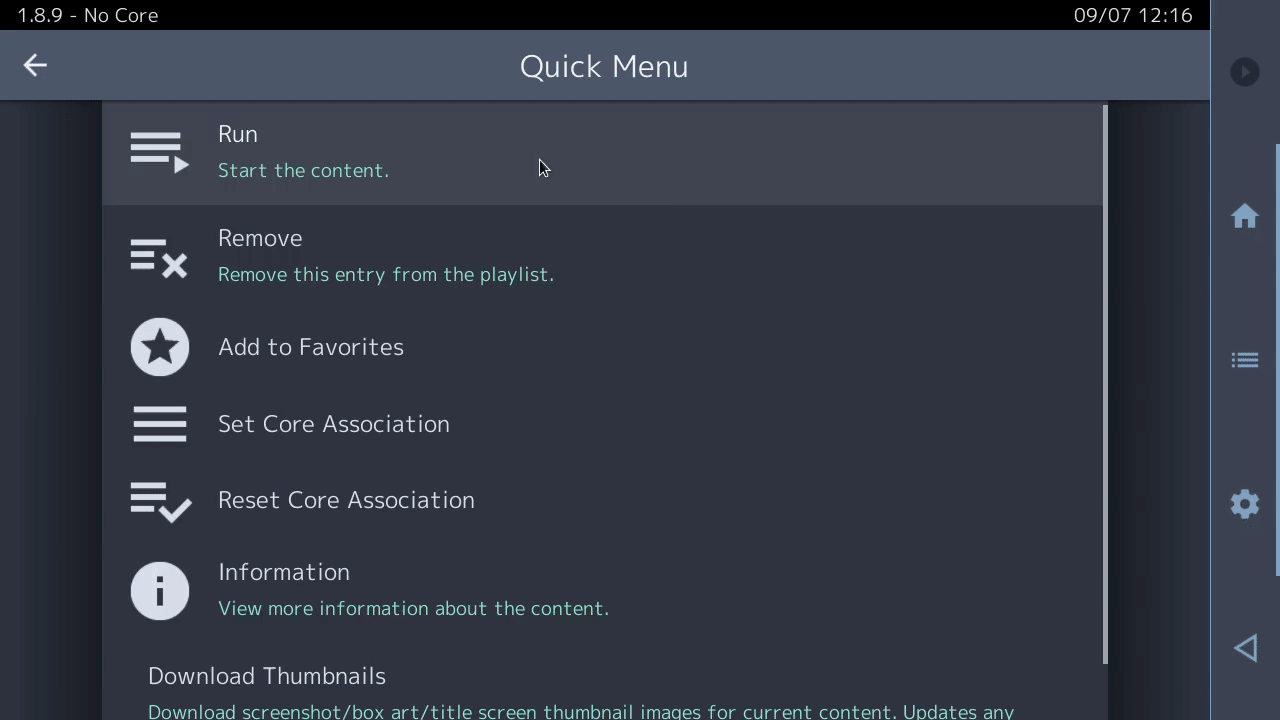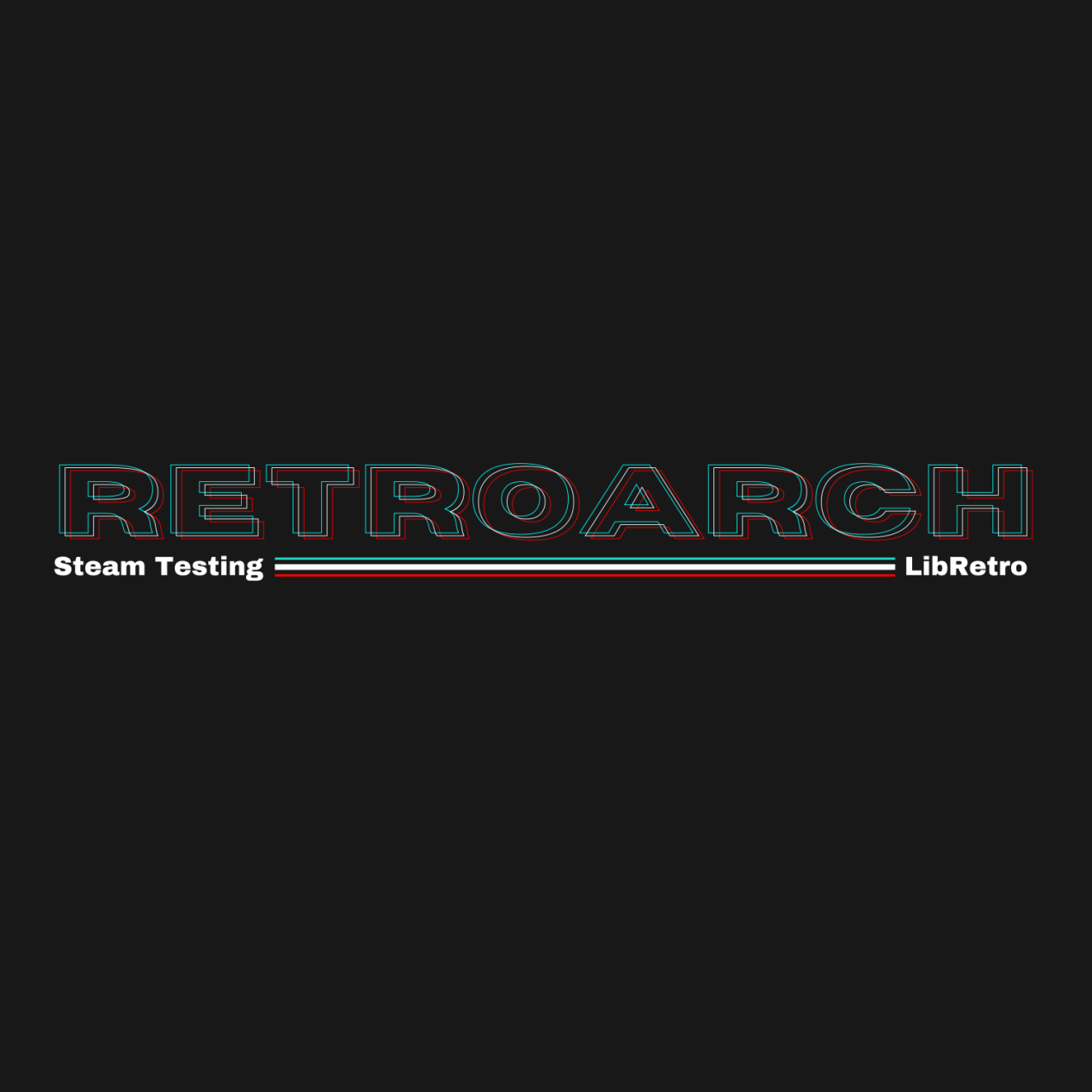
All keys are gone. Thanks for participating!
New beta testing keys will be available on 9/26/2020 – for the exact time check this page here.
As you probably already know, a year ago we announced that RetroArch would be releasing on Steam. We have worked hard on this for a fair while now. The process is slower than expected due to reasons beyond our control.
It’s been a lengthy process and we have had to significantly retool things to conform to Steam’s policies and guidelines, one of which is no Core Updater (just like on Google Play now).
While we wait for our release candidate build to be manually approved by Steam (which we’ve been told is a lengthy process), in the meantime we will start giving away beta testing keys. We want to gather as much feedback as possible from users so that the final experience on Steam lives up to people’s expectations.
So with that in mind, we are giving away keys for our first beta test version, Beta 1.
How do you get a Steam beta key?
Although we want everyone to be involved in this testing process, we cannot do it all at once. We will distribute the codes for a while at the link down below.
For Patreon users: We feel it’s important to express our gratitude to the people who gave their support when we fell on hard times with the hacking attack. Patreon subscribers can request their testing key by sending us a Direct Message on Patreon.
Disclaimer
NOTE: These keys are not being sold, and as per Steam’s rules regarding crowdfunding, we are allowed to do this. We refer to the following section:
Crowdfunding.
You can use the keys for crowdfunding rewards and give to your supporters. Before the game launches, you can also give your supporters beta keys if you wish, but these keys should only be owned by your supporters, and unless beta access is available for sale through Steam, these keys should not be sold elsewhere outside of a crowdfunding campaign.
Steam version details
So what’s different when using the Steam version right now vs. the regular version?
- No core updater. You install cores through Steam Store instead. After you install RetroArch, you install the Libretro core DLCs that are available separately. We have made 10 cores available as DLC so far. They are all free and are already available on Steam.
- All updateable assets (including shaders, overlays, etc) are pre-packaged and updated with new RetroArch builds. Basically, nothing is downloadable from our servers, everything goes through Steam.
- No Desktop Menu.
- Remote Play support. See next paragraph.
Remote Play support
RetroArch on Steam has full Remote Play support. This means that you will be able to play any multiplayer game online with another Steam user that also has a RetroArch beta key.
This feature is exclusive to the Steam version, and has the following advantages:
* Not dependent on RetroArch’s netplay functionality
* Because of this, it does not depend on serialization in order to work
* It apparently works very well, on par with something like Parsec and perhaps even better
NOTE: Right now, Player 2 needs to use a gamepad in order to be recognized as player 2. If Player 2 uses the keyboard instead, RetroArch will mistakenly think it’s Player 1 instead.
Which cores are available right now on Steam?
The following cores are currently available:

